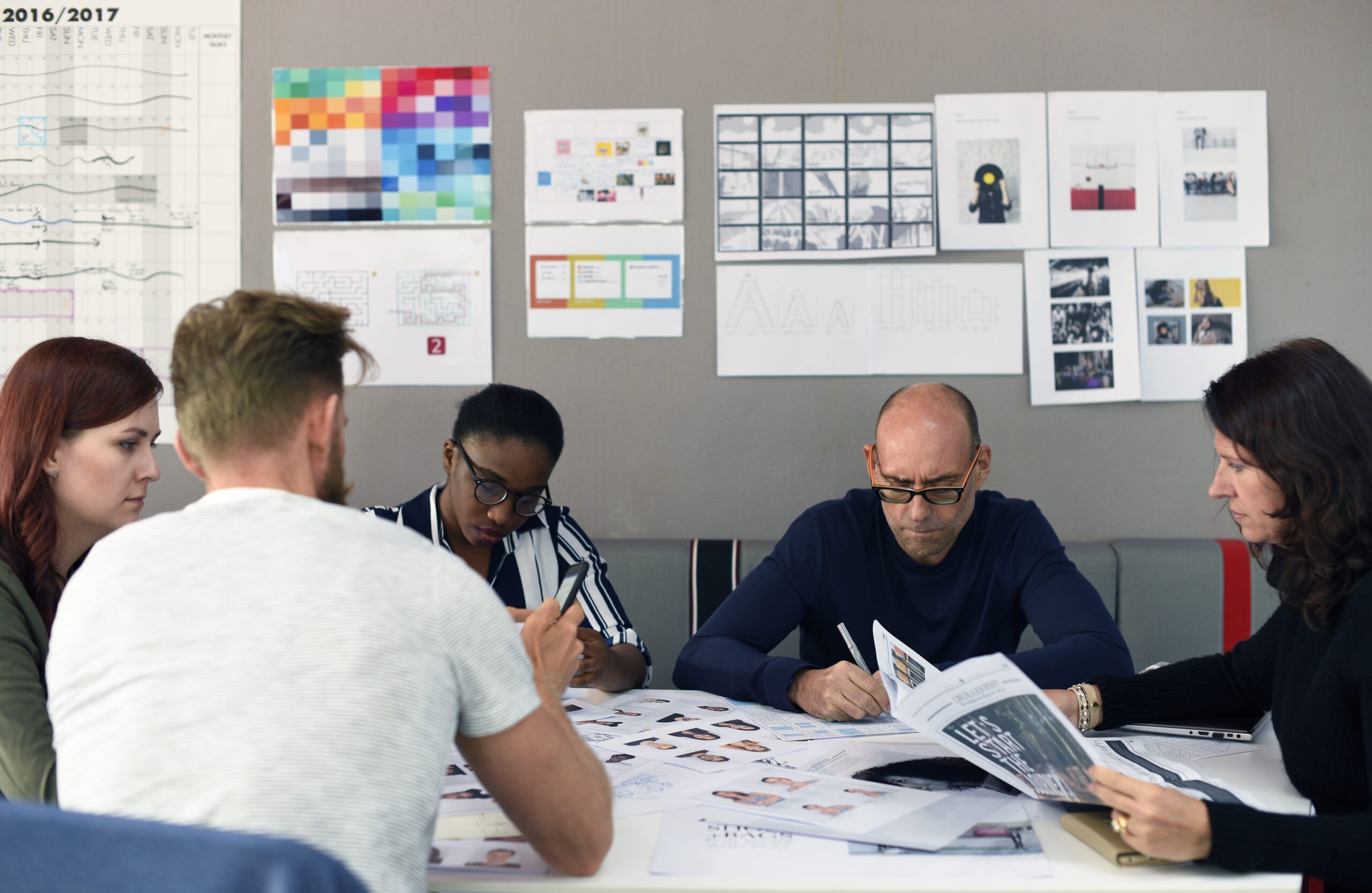Finding The Balance Between Design Quality and Speed

Striking the right balance between design quality and speed is vital in the thrilling world of design. Let’s explore some effective strategies that help professionals harmonize design excellence with efficient project timelines.
Understanding the Importance of Balance
In the design industry, the balance between quality and speed sustains success. High-quality designs reflect competence and build trust among clients, while fast delivery ensures market relevance and client satisfaction. It’s crucial to recognize the significance of balancing these elements to stay competitive.
The pressure to deliver quickly can often compromise the design process, leading to inferior results. On the other hand, placing too much emphasis on perfection may result in missed opportunities and deadlines. A structured approach to design workflow can help diminish these risks, ensuring that quality and speed complement rather than compete. By employing the right tools and techniques, designers can automate mundane tasks, freeing up time to focus on creative and critical thinking. Moreover, continual learning and upskilling enable designers to produce high-caliber work more rapidly, fostering an environment where quality and efficiency thrive in tandem.
Addressing Common Design Speed Challenges
One of the main obstacles to fast design delivery is unclear project scopes, which can lead to constant revisions. Effectively communicating expectations and setting realistic deadlines from the start helps in mitigating this issue, ensuring that projects remain on track.
Another frequent challenge is the lack of standardized processes, resulting in inconsistent outcomes and time wastage. By establishing and adhering to a reliable design methodology, design teams can streamline their workflow, thereby enhancing both speed and quality. Limitations in resources can also slow the project speed.. Investing in skilled designers, fostering collaboration, and leveraging technology are strategies that can help with the project momentum.

Actionable Strategies for Enhancing Design Quality
Prioritizing quality requires a focus on continuous improvement. Implementing regular feedback loops, engaging in design discussions and incorporating user testing can elevate the final product, ensuring that high standards are consistently met.
Staying up to date with the latest design trends and technological advancements allows designers to produce compelling and relevant work rapidly. Using innovative approaches and tools can lead to refined processes and outcomes. Learning how to manage time and how to prioritize tasks effectively can significantly boost the quality of design outputs.
Agility in Design Projects
Agile methodologies play a crucial role in combining design excellence with rapid execution. By breaking projects into smaller, manageable chunks and iteratively improving on them, designers can maintain high levels of quality while meeting deadlines.
Regular stand-ups, sprints, and retrospectives within the agile framework create a rhythm of productivity and self-improvement that benefits both the design quality and the speed of delivery. The agile approach values adaptability and fosters an environment where designers are well-equipped to handle changes and last-minute tweaks without compromising the overall quality and timeline of projects.

Services That Enhance Design Balance
- Comprehensive Design Audits
Design audits are critical for identifying inefficiencies within the design process. By systematically reviewing the workflow, tools, and outputs, companies can pinpoint areas for improvement, optimizing the balance between quality and delivery times.
- Targeted Skills Training
Targeted training programs tailored to enhance specific design skills can significantly reduce production times while bolstering quality. Focused learning initiatives provide designers with the expertise needed to tackle complex projects with confidence and speed.
- Technology Implementation Consulting
Incorporating the right technology can revolutionize design processes. Consulting services can guide businesses through the selection and implementation of software and systems that streamline workflow and improve collaborative efforts.
Achieving the right balance between design quality and speed requires structured approaches, clear communication, and continuous learning. By addressing common challenges with flexible methodologies, designers can find this balance with efficiency. Utilizing design audits, skills training, and technology helps ensure that quality and speed complement each other, fostering success and innovation in the competitive design industry.
You May Also Like:
The Importance of Designing with User Experience in Mind
Designing Under Pressure: A Guide to Successfully Meeting Deadlines
Find us on LinkedIn!